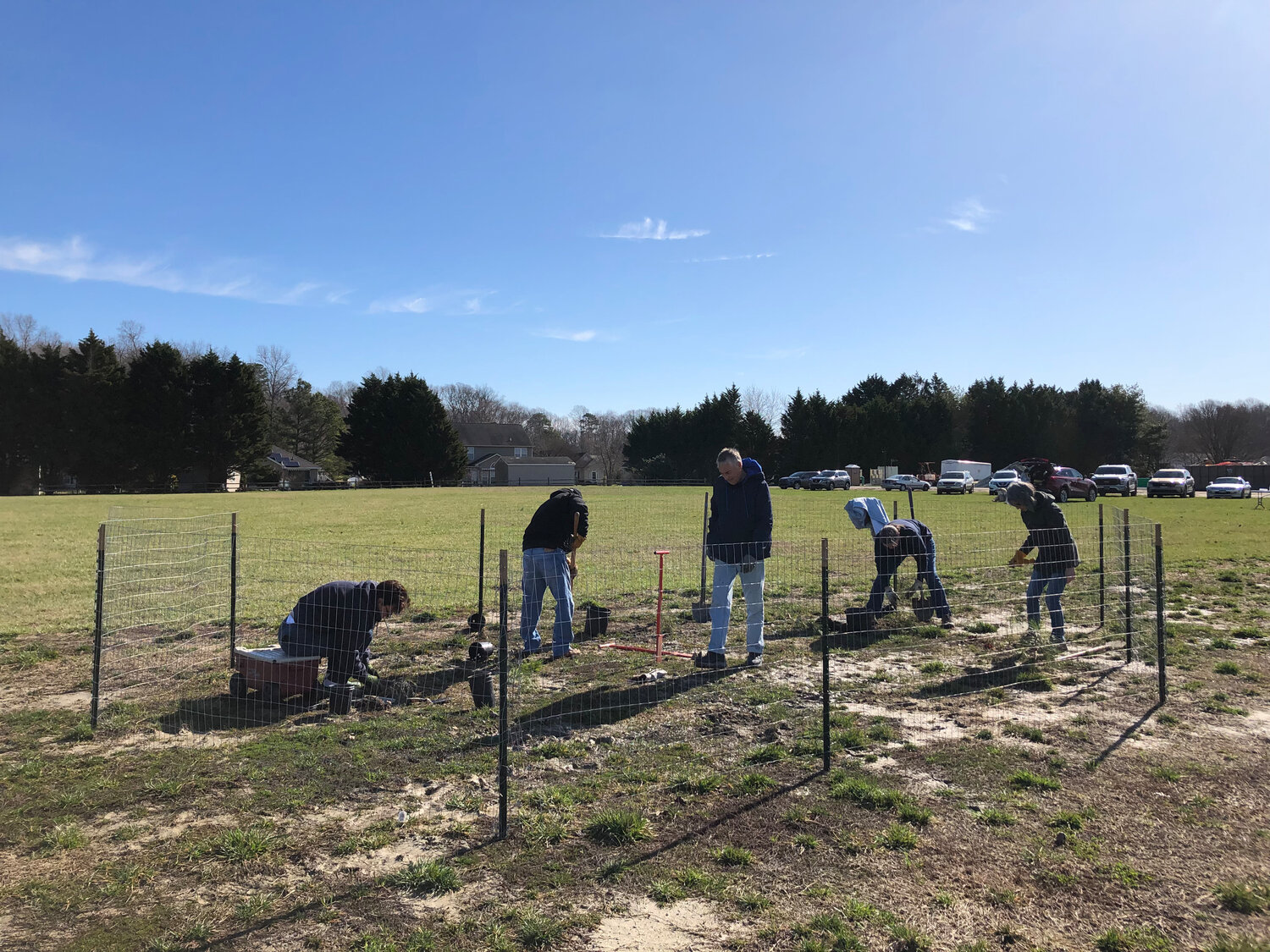Delaware Center for the Inland Bays converts 10 acres of former drainfield
REHOBOTH BEACH — The Delaware Center for the Inland Bays promotes water quality in the Inland Bays through research, education, and restoration.
As Sussex County converts more sewer …

You must be a member to read this story.
Join our family of readers for as little as $5 per month and support local, unbiased journalism.
Already a member? Log in to continue. Otherwise, follow the link below to join.
Please log in to continue |
Delaware Center for the Inland Bays converts 10 acres of former drainfield
REHOBOTH BEACH — The Delaware Center for the Inland Bays promotes water quality in the Inland Bays through research, education, and restoration.
As Sussex County converts more sewer systems from septic to central wastewater treatment, what to do with the retired drainfields is a question on many minds. Converting drainfields to meadows and/or forests is one possible solution with many benefits.
In the 1980s, centralized drainfields, or community drainfields, were a popular choice for saving costs and space in developments. However, these drainfields generated significant nonpoint source pollution to the Bays by discharging nitrogen and phosphorus into the waterways. Redirecting the discharges from these drainfields to wastewater treatment plants will help improve water quality in the Bays.
As more septic systems are converted to central wastewater treatment, communities are now exploring their options for the retired drainfields.
One such community, Chapel Green in Lewes, wants to convert its former drainfield to a reforested area. Responding to that Bay-friendly desire, the Delaware Center for the Inland Bays will install nine acres of meadow and one acre of forest on top of the drainfield over the next year,
Drainfield conversions like the one at Chapel Green create lower-maintenance natural areas that provide valuable habitat and food for wildlife, trees that promote cleaner air, and improvements to stormwater and water quality. Converting the former turf field to a more natural landscape will reduce fertilizer and mowing costs.
Delaware Center for the Inland Bays has planted over 150 acres of forests in the last 17 years, and last year started piloting a new style of forest that grows quickly and adapts to expected changes related to climate change.
“A mixture of species planted promotes more diverse wildlife species,” said Meghan Noe Fellows, CERP, project manager, and Director of Estuary Science and Restoration for the Center.
“Planting two habitats, both meadow, and forest, maximizes resilience to climate change, protects the open-space feel of the land, but also begins to bring back the services of our natural landscape–like habitats for plants and animals and food for pollinators like bees and butterflies.”
The Community Water Quality Improvement Fund supports innovative projects that work to improve water quality throughout the state. Many local communities are eager to see the Chapel Green project's outcome, hoping their own drainfields might be the next to benefit from this treatment.
"Residents of Chapel Green are enthusiastic about the possibilities that reforesting and establishing meadow lands present,” said Mary Gears and Jean Rothenburger of the Chapel Green HOA. “People have volunteered to do the work that it will take to have a positive outcome in our community."
More information about the project can be found by emailing Meghan Noe Fellows at mnoefellows@inlandbays.org.






